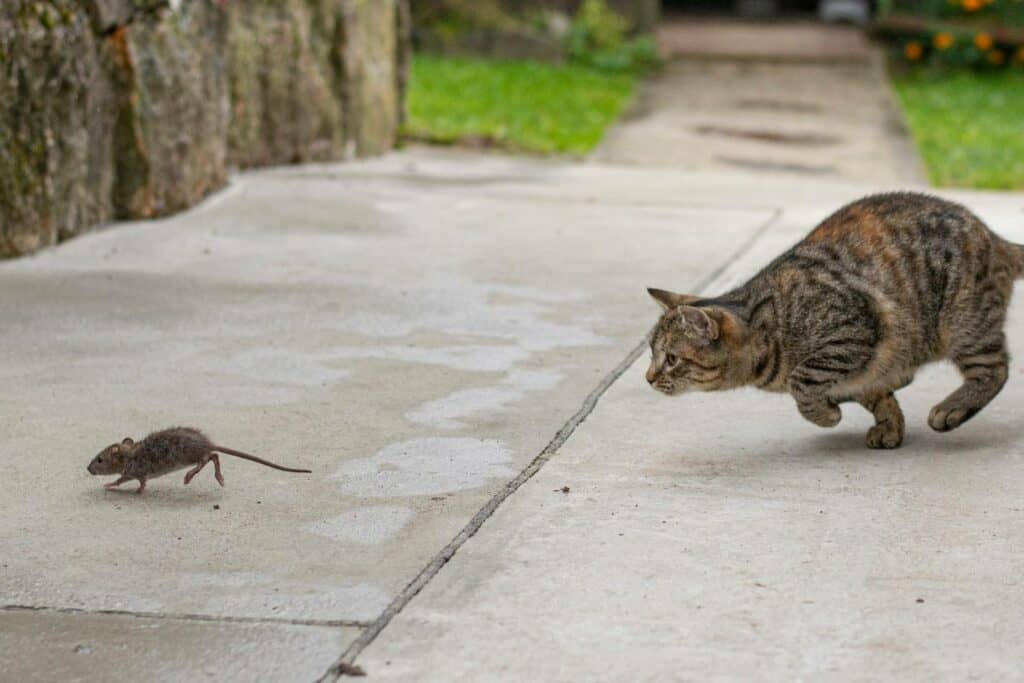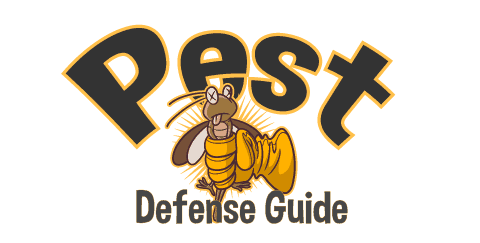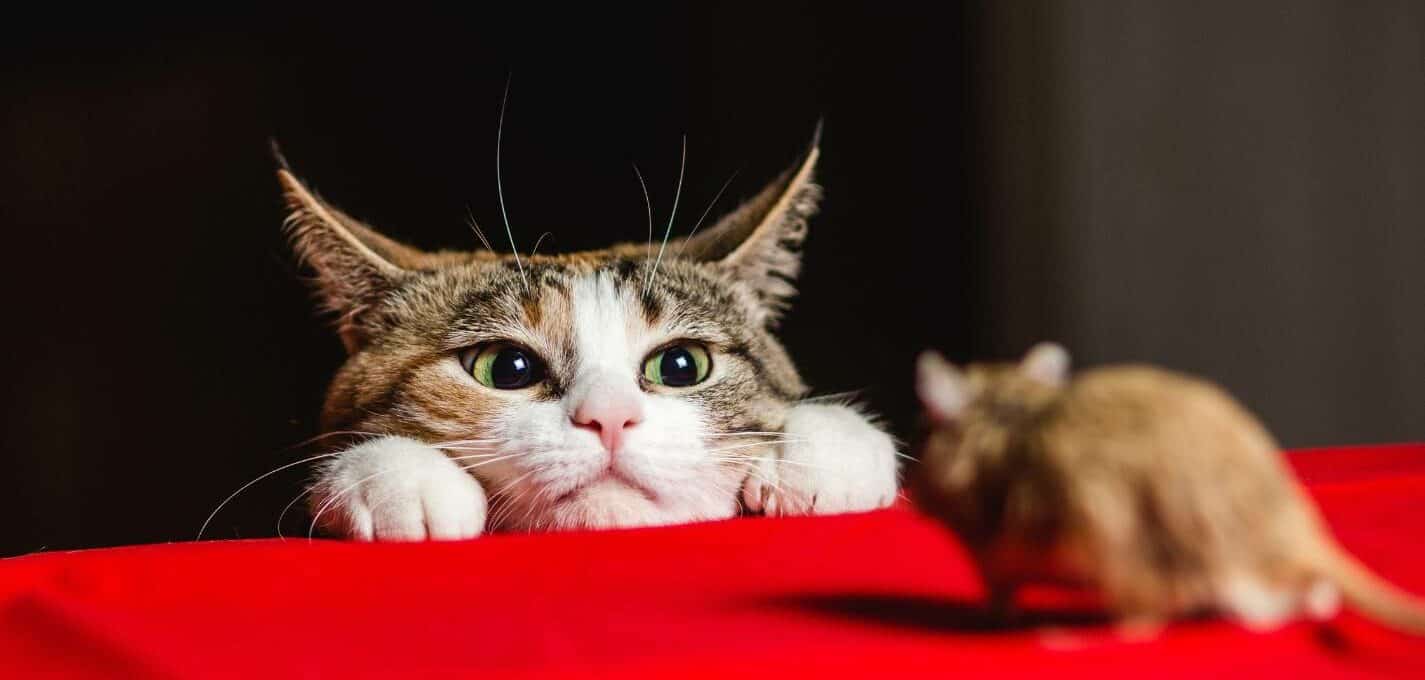Pest control is an essential aspect of maintaining a healthy and safe environment. Pests can cause a lot of damage to homes, buildings, and crops. They also pose a significant risk to human health by carrying diseases and causing allergies.
Pest control is the practice of pest control professionals using various methods to eliminate or reduce the population of unwanted insects, rodents, and other pests. However, many misconceptions about pest control can lead people to use ineffective or harmful methods.
Overview of Common Pest Control Myths

Many common pest control myths have been perpetuated over the years. One myth is that ultrasonic devices repel pests effectively without any chemical inputs into the environment, making them environmentally friendly methods for pest control. Another myth is that cats make excellent pest controllers, especially when it comes to mice infestations which may not necessarily be true, making it difficult for individuals who rely solely on cats for professional pest control services and management.
A third myth is that natural remedies are just as effective as chemical pesticides, thereby avoiding exposure or toxicity associated with the use of pesticides. There is a myth that people only need to worry about these pest problems or infestations in dirty homes or buildings; however even clean and well-maintained homes and buildings can be infested.
Thesis Statement
This article aims to debunk these common myths by providing accurate information on pest control. This article will also provide practical suggestions on how to effectively control pests using environmentally friendly methods that prioritize safety. By providing evidenced-based research, this article will help individuals and companies make informed choices when it comes to pest control thereby promoting a healthier and safer environment for both humans and animals alike.
Myth #1: The Myth of Ultrasonic Devices Repelling Pests

How Ultrasonic Devices Work
Ultrasonic devices are electronic gadgets that emit high-frequency sound waves that are thought to repel pests. The theory is that these high-frequency sounds are beyond the range of human hearing, but they irritate and disorient pests, making them uncomfortable and inducing them to leave the area. Ultrasonic devices come in various forms such as plug-in devices for indoor use, battery-operated handheld models, and solar-powered outdoor units.
Evidence-Based Research on the Effectiveness of Ultrasonic Devices
Despite the widespread belief in ultrasonic devices as an effective means of pest control, studies have revealed mixed results. Several studies have shown that ultrasonic devices have little or no effect on pest behavior or numbers. In fact, a review published by the University of Florida concluded that “ultrasonic repellents should not be recommended or used to control pests.”
Another study conducted by Kansas State University researchers found that ultrasonic devices had no effect on reducing rodent infestations. Furthermore, they discovered that rats quickly adapted to these sound frequencies and simply ignored them after a few days.
Alternative Methods for Repelling Pests
If you’re looking for a more effective way to repel pests from your home or garden than ultrasonic devices, there are several alternatives you can consider: – Essential Oils: Certain essential oils such as peppermint oil and eucalyptus oil have been found to deter some types of pests.
– Physical Barriers: By blocking entry points such as cracks in walls and floors with sealant or wire mesh screens over doors and windows can prevent pests from gaining access. – Traps: Traps can be an effective way to catch rodents or insects inside your home.
It’s important to note that the most effective way to control pests is through integrated pest management (IPM) strategies. These include a combination of techniques such as exclusion, sanitation, education, and targeted chemical treatments.
Ultrasonic devices as pest control measures may not be as effective as they are marketed to be. While they are readily available and relatively inexpensive, research has concluded that ultrasonic devices have little or no effect on reducing pest numbers or deterring them from entering your property or home. Instead of relying solely on ultrasonic devices to control pests in and around your home, it’s best to adopt an integrated approach that combines multiple strategies for long-lasting results.
Myth #2: The Limitations of Cats as Pest Control Agents: Why They Are Not Effective

Cats have been domesticated for thousands of years and are often regarded as excellent hunters. However, cats may not be the most effective option when it comes to controlling pests.
There are several reasons why cats are not reliable pest control agents. Firstly, cats tend to hunt small prey such as mice and rats. While this may be useful in some cases, it is not enough to control a larger infestation. For example, if a home has a severe cockroach infestation, a cat may not be able to keep up with the number of cockroaches present.
Furthermore, cats tend only to hunt when hungry or interested in playing. If they are well-fed or uninterested in hunting at the moment, they may ignore pests altogether. This means that even if a cat is present in an area with pests, it does not necessarily mean they will be eliminated. Additionally, cats may be unable to get rid of the entire pest population due to their hunting style.
Cats often catch and kill one or two prey animals at a time and then take breaks between hunts. This leaves other pests free to reproduce and continue causing problems.
Evidence-Based Research on the Limitations of Cats as Pest Control Agents
Several studies have found that while cats can catch small prey such as mice and rats, they are often ineffective against larger pests such as cockroaches or bed bugs. For instance, one study conducted by researchers from Purdue University found that while cats were effective at catching rodents like mice and rats in barns and other agricultural settings where these animals were abundant; however; their effectiveness was much lower when dealing with cockroaches or bed bugs due to these insects’ nature of hiding behind walls or furniture items.
Another study by researchers from the University of Arizona found that while cats can be useful at controlling some pests, they are not necessarily the most effective option. The researchers studied a group of feral cats in an urban environment and found that while they were able to catch mice and rats, their effectiveness against larger pests such as cockroaches was limited.
Myth #3: The Natural Myth

Natural remedies have gained popularity recently as an alternative to chemical pesticides. However, it is crucialto understand that not all natural remedies effectively control pests. Some may even be harmful to humans and pets.
Why Natural Remedies May Not Be Effective
One reason why natural remedies may not be effective is that pests can quickly develop resistance to them. For instance, essential oils such as peppermint oil and lavender oil have been touted as natural insect repellents.
However, research has shown that insects can develop genetic resistance to these oils over time. Another reason why natural remedies may not be effective is that they do not have a residual effect.
Unlike chemical pesticides, this means that they do not stay active for a long time after application. As a result, pests may quickly return after the effects of the natural remedy wear off. Either way, they may still be worth a try before using chemicals. That is a personal decision you will have to make for yourself.
The Chemical Facts
Chemical pesticides are widely used for pest control because of their effectiveness and quick results. They are designed to kill pests on contact or through ingestion. However, there have been concerns about the safety of chemical pesticides on human health and the environment.
Several studies have found that exposure to certain chemical pesticides can increase the risk of cancer, birth defects, and other health problems in humans. In addition, pesticide residues can accumulate in soil and water bodies, leading to environmental pollution.
Despite these concerns, it is important to note that not all chemical pesticides are harmful when used according to label instructions. Many modern chemical pesticides are designed with low toxicity levels and biodegradable ingredients. Do your research when deciding between natural or chemical remedies.
Alternative Methods for Controlling Pests with Minimal Chemical Use
Integrated Pest Management (IPM) is an approach that combines different methods for controlling pests while minimizing the use of chemicals. IPM involves identifying the type of pest infestation, monitoring its severity and spread, and using a combination of non-chemical methods such as physical barriers, traps, and biological control agents. Physical barriers such as screens, caulking, and sealing cracks can help prevent pests from entering buildings.
Traps such as glue boards and pheromone traps can be used to trap pests without the use of pesticides. Biological control agents such as bees as predators and parasites can be introduced to the environment to control pest populations naturally.
Another non-chemical method for controlling pests is heat treatment. This involves using high temperatures to kill pests in infested areas.
Heat treatment is effective against bed bugs, cockroaches, ants and other pests that are resistant to chemical pesticides. While natural remedies may seem like an attractive option for pest control, they may not always be effective or safe.
Chemical pesticides should also be used with caution due to their potential health and environmental risks. Integrated Pest Management offers a comprehensive approach that combines minimal chemical use with other effective methods for controlling pests safely and sustainably.
Myth #4: Pest infestations only happen in dirty homes or buildings

Even Clean Homes Can Have Pest Infestations
Many people believe that pests only exist in dirty and cluttered environments, but this is simply not true. Even the most spotless and organized homes can fall victim to a pest infestation. Pests can enter any home regardless of how clean it is and can find their way into even dirty places through the tiniest cracks and crevices.
Pest infestations are often caused by external factors such as weather conditions, changes in environmental surroundings, or even new construction development. These factors all affect a home’s susceptibility to pest invasion.
Factors That Contribute to Pest Infestations
Several factors contribute to pest infestations inside homes and buildings. One of the biggest contributors is food sources. All pests need food to survive, so if there is an abundant source of food available within your home or building, pests will be attracted.
Another factor that contributes to an increased risk of pest infestation is moisture. Pests thrive in damp environments, so you may be at greater risk if your home has damp areas such as basements or crawl spaces.
Cluttered areas with items piled up against walls provide hiding places for pests such as rodents or insects. Cracks and gaps in walls present easy entry points for many kinds of pests.
Outdoor spaces surrounding your home should not be overlooked when treating or preventing pest invasions indoors. Overgrown grasses or shrubs provide hiding places for rodents while rubbish bins act as a food source attractant for all types of pests.
Tips and Bed Bugs
The following tips can help reduce the likelihood of an indoor pest invasion: – Store food properly in sealed containers
– Regularly empty rubbish bins – Keep outdoor spaces well-maintained
– Repair damaged house walls, window screens, and door frames – Seal cracks and gaps where pests can enter
If you suspect a pest infestation despite your best efforts to prevent it, contact a professional or pest control company for service. They can help identify the source of the problem and provide solutions to manage the problem.
Conclusion
It is a common misconception that only dirty homes or buildings have pest infestations, but pests can invade any home regardless of its cleanliness level. Factors such as food sources and moisture levels contribute to an increased risk of infestation.
By taking proactive steps such as proper food storage and maintaining outdoor spaces, homeowners can reduce their chances of experiencing a pest invasion. If a pest problem still arises despite these preventive measures, it’s crucial to seek professional assistance in identifying the source of the issue and providing effective solutions for controlling it.






